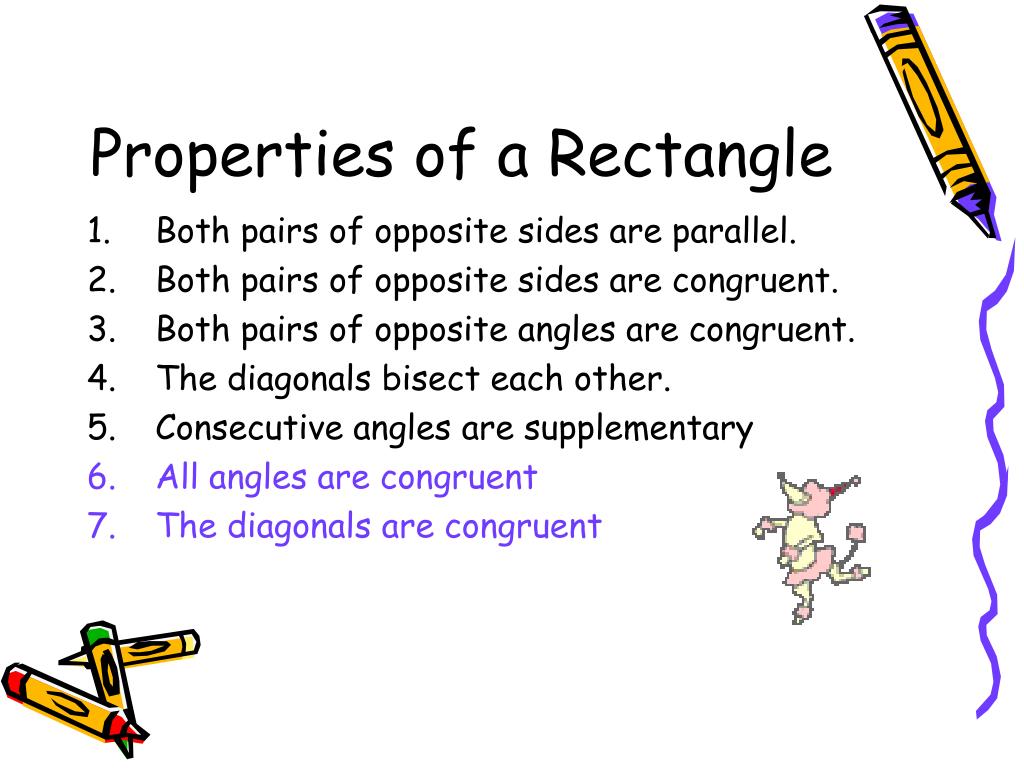
The various outputs calculated in each of these analysis types are described below: Elastic Analysis Note that an elastic analysis is always performed in every option. The default, and fastest, option is "Elastic Only", while the other options add warping and/or plastic analyses as well. Calculation Summary Outputs and Analysis Typesįour different Analysis Type options are available: "Elastic Only", "Elastic + Warping", "Elastic + Plastic", and "Everything". The diagram in this section will show the cross-section as it has been input, as well as some of the key properties of that cross-section - including centroid, principal axis orientation, and, if the relevant analysis types have been performed, plastic centroid and shear centre. Restrictions such as these are merely logical restrictions on the geometry overlaps or incomplete fillet radii are not physically possible.
Section properties of a rectangle plus#
For example, an I-section's Depth must be greater must be greater than two times the Flange Thickness plus two times the Inner Radius. Some other cross-section types have specific restrictions. Both dimensions must be greater than zero, but there are no other restrictions.

When you do so, the input boxes below it will change to those required for the given type of cross-section.įor example, a rectangle has two dimensions to define it: Depth and Breadth. Input Key Propertiesįirst, select the Cross-Section Type from the drop-down menu just below the diagram. Clicking on any of the input/property labels gives a descriptive reference explanation.
Section properties of a rectangle free#
You can use the cross-section properties from this tool in our free beam calculator. It then determines the elastic, warping, and/or plastic properties of that section - including areas, centroid coordinates, second moments of area / moments of inertia, section moduli, principal axes, torsion constant, and more! The ClearCalcs cross-section calculator allows the user to input the geometry of an arbitrary cross-section using either simple dimensions of common shapes, or fully-custom outline definitions. The perimeter is 52 inches.How to Use the Free Cross-Section Calculator The width of a rectangle is 8 inches more than the length.The length of a rectangle is 9 inches more than the width.The area of a rectangle is 782 square centimeters.The area of a rectangle is 414 square meters.Find the width of a rectangle with perimeter 16.2 meters and length 3.2 meters.Find the width of a rectangle with perimeter 92 meters and length 19 meters.Find the length of a rectangle with perimeter 20.2 yards and width of 7.8 yards.Find the length of a rectangle with perimeter 124 inches and width 38 inches.



 0 kommentar(er)
0 kommentar(er)
